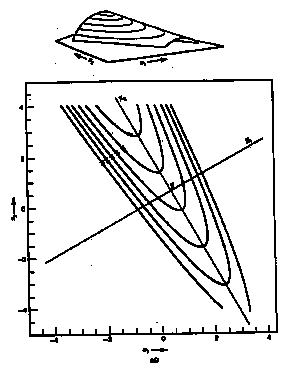

 1-3
4-6
7-9
10-12
13-15
16-18
19-21
22-24
25-27
28-30
31-33
34-36
37-39
40-42
43-45
46-48
49-51
52-54
55-57
58-60
61-63
64-66
67-69
70-72
73-75
76-78
79-81
82-84
85-87
88-90
91-93
94-96
97-99
100-102
103-105
106-108
109-111
112-114
115-117
118-120
121-123
124-126
127-129
130-132
133-135
136-138
139-141
142-144
145-147
148-150
151-153
154-156
157-159
160-162
163
1-3
4-6
7-9
10-12
13-15
16-18
19-21
22-24
25-27
28-30
31-33
34-36
37-39
40-42
43-45
46-48
49-51
52-54
55-57
58-60
61-63
64-66
67-69
70-72
73-75
76-78
79-81
82-84
85-87
88-90
91-93
94-96
97-99
100-102
103-105
106-108
109-111
112-114
115-117
118-120
121-123
124-126
127-129
130-132
133-135
136-138
139-141
142-144
145-147
148-150
151-153
154-156
157-159
160-162
163




![[made with GoClick]](imgs/goclick.gif)